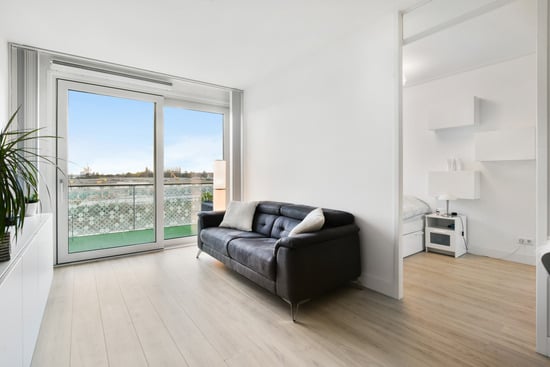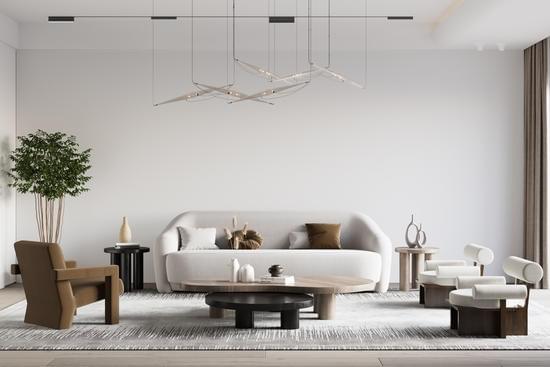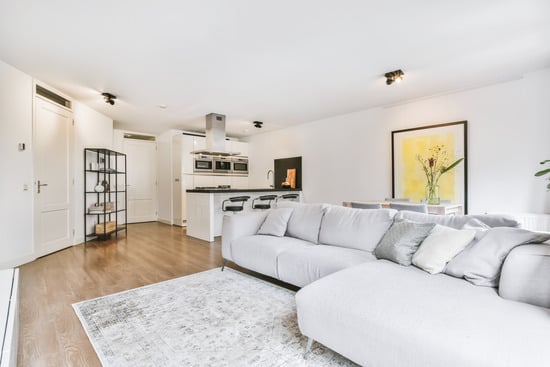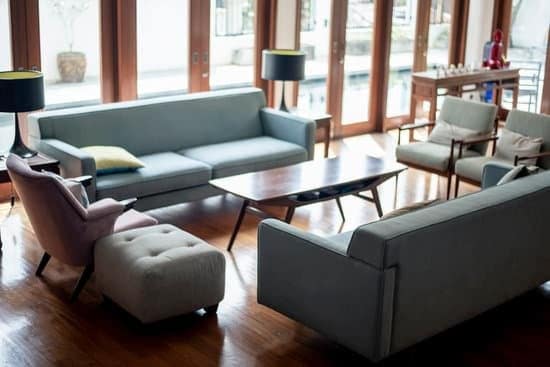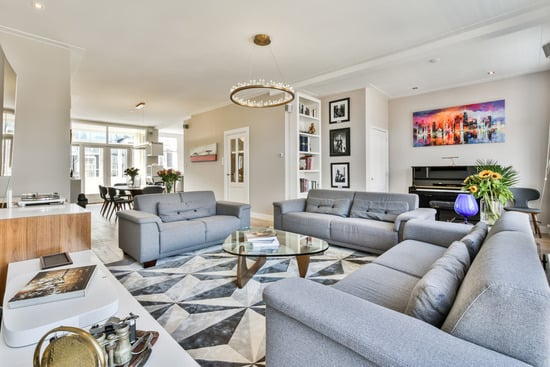Are you looking to add some character and style to your living room? One great way to achieve this is by decorating your brick wall. In this article, we will guide you through the process of transforming your plain brick wall into a stunning focal point. From choosing the right paint or finish to incorporating shelves and decorative objects, we’ll provide you with practical tips and ideas that will help you create a safe and inviting space in your living room.
Choosing the Right Paint or Finish
You should choose the right paint or finish for your brick wall in the living room. When it comes to choosing the right paint color, it’s important to consider the overall style and mood you want to create in your living space. Earthy tones like beige or warm gray can give a cozy and inviting feel, while bold colors like deep blue or red can add a pop of personality. Additionally, selecting a suitable finish is crucial for both aesthetic appeal and durability. A matte finish can provide a more rustic and textured look, while a glossy finish offers a sleek and modern touch. Keep in mind that using water-based paints with low VOC (volatile organic compounds) is safer for indoor use, ensuring better air quality for you and your family.
Adding Texture with Wallpaper or Wall Panels
To enhance the visual appeal of your living space, consider incorporating texture through the use of wallpaper or wall panels. This not only adds depth and interest to your brick wall but also creates a cozy and inviting atmosphere. Here are four ways you can achieve this:
- Using plants for a natural touch: Hang planters on the wall or place potted plants nearby to bring life and freshness into the room.
- Adding a statement mural: Choose a bold and eye-catching mural that complements the style of your living room. It can be a nature-inspired design, an abstract pattern, or even a cityscape.
- Textured wallpaper: Opt for wallpapers with textured patterns like faux brick, stone, or wood to create an illusion of different materials on your brick wall.
- Wall panels: Install decorative wall panels made from materials like reclaimed wood or metal to add dimension and uniqueness to your living room decor.
By following these ideas, you can transform your plain brick wall into a stunning focal point that reflects your personal style while maintaining safety in mind.
Hanging Artwork or Mirrors
One way to enhance the visual appeal of your space is by hanging artwork or mirrors. Not only do they add character and personality, but they can also make a brick wall in your living room feel more inviting and cozy. When choosing the perfect frames for your artwork or mirrors, opt for ones that complement the style and color scheme of your room. This will help create a cohesive look. Additionally, consider arranging a gallery wall by grouping multiple pieces together in an organized manner. Start by laying out the arrangement on the floor before hanging them up to ensure a balanced and aesthetically pleasing display. Remember to use proper hardware and techniques when hanging heavier pieces to ensure safety and prevent any damage to your brick wall.
Incorporating Shelves or Decorative Objects
When incorporating shelves or decorative objects, it’s important to consider their placement and how they will complement the overall aesthetic of your space. Here are a few ideas for styling bookshelves on a brick wall:
- Use a mix of books, decorative items, and personal mementos to create an inviting display.
- Arrange books both horizontally and vertically to add visual interest.
- Incorporate baskets or bins to keep smaller items organized and tidy.
- Consider using adjustable shelving units that can be easily rearranged as your needs change.
Additionally, displaying plants on a brick wall can bring life and freshness to your living room. Opt for hanging planters or wall-mounted plant holders to maximize space. Choose plants that thrive in indirect light and require minimal maintenance. Make sure the planters are securely fastened to the wall using appropriate hardware for safety. By incorporating shelves and plants into your brick wall decor, you can create a stylish and inviting living room that reflects your personality while keeping safety in mind.
Using Lighting to Highlight the Wall
Highlighting the brick wall with strategic lighting can enhance the ambiance of the space. To achieve this, consider using spotlights or wall sconces. Spotlights can be placed strategically to draw attention to specific areas of the wall, creating a dramatic effect. Install them above or below the wall, angling them towards the bricks to create interesting shadows and textures. Wall sconces, on the other hand, can add a warm and inviting glow to your living room. They can be installed directly onto the brick wall, providing both functional and decorative lighting. Make sure to choose fixtures that are suitable for use on brick walls and follow proper installation guidelines for safety purposes. With carefully placed lighting fixtures, you can transform your brick wall into a stunning focal point in your living room.
Conclusion
So there you have it, now you know how to decorate your brick wall in the living room. By choosing the right paint or finish, adding texture with wallpaper or wall panels, hanging artwork or mirrors, incorporating shelves or decorative objects, and using lighting to highlight the wall, you can transform your living room into a stylish and inviting space. Don’t be afraid to get creative and make the brick wall a focal point in your home!

